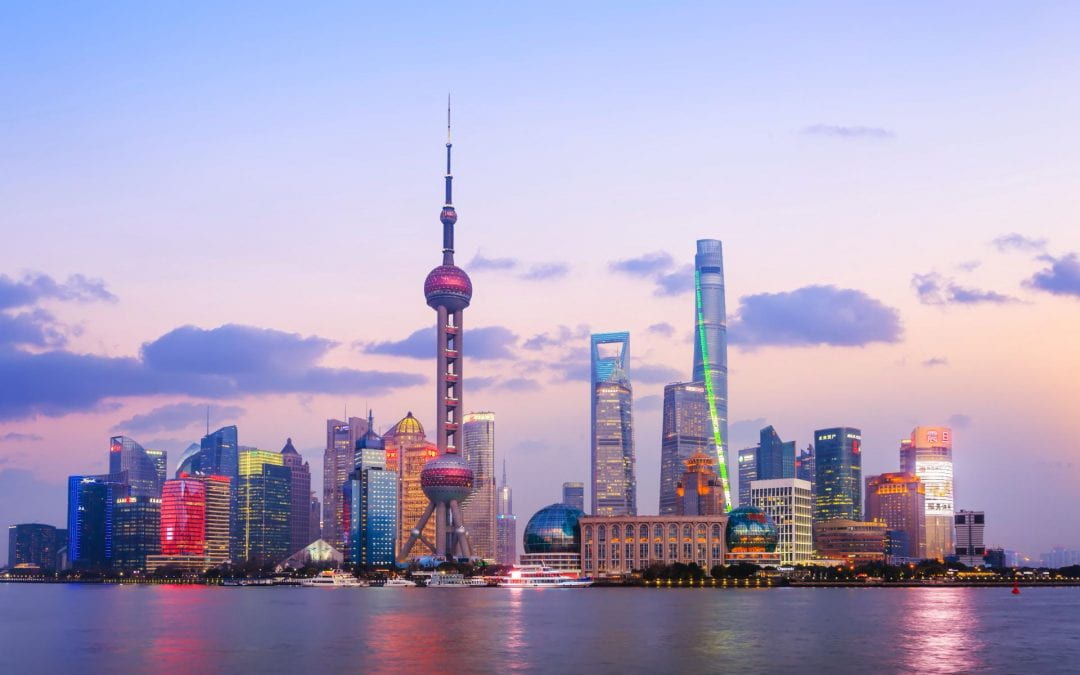By Stephen Hoadley
Will President Joe Biden do things differently in the Indo-Pacific region from the policies of President Donald Trump?
The simple answer is: not much in substance, but more in style. This should be reassuring. Let me illustrate with some historical perspectives, then some speculations.
The Obama-Biden-Clinton team in 2009 initiated the ‘rebalance [popularly called a ‘pivot’] to Asia’. They reaffirmed America’s enduring interests in the region, reinforced diplomacy, increased aid, and shifted some military assets from the Middle East to the Pacific region. They established US defence support facilities in Singapore and Australia at the invitation of those governments. Security relations with Vietnam, Philippines, India, and even New Zealand, were marginally enhanced.
The Trump Administration, despite its ‘ABO (Anything But Obama)’ domestic policy syndrome, and confrontational rhetoric abroad, altered Obama’s Asia policies surprisingly little. Bases in Japan, Okinawa, South Korea and Guam were maintained even though Trump grumbled about ‘unfair’ burden-sharing. US Navy deployments to the Western Pacific and the South China Sea continued at a regular tempo, and US regional trade and investment (save with China) grew parallel to the post-Global Financial Crisis recovery.
Trump’s Asia policy alterations were essentially only three: a tariff, investment and technology confrontation with China, an ineffective person-to-person initiative with North Korea’s president Kim, and a further warming of relations with India. The latter led to a rebranding of the Asia-Pacific region as the Indo-Pacific, a phrase borrowed from Japan’s PM Shinzo Abe’s proposed Free and Open Indo-Pacific (FOIP). A handful of advanced Terminal High Altitude Area Defense (THAAD) interceptor batteries were provided to Japan and South Korea against missile threats from North Korea, and further arms sales were authorised for Taiwan to deter an attack by China. A loose security consultative arrangement, the Quad, including the US, Japan, Australia, and India, was revived, ostensibly to balance the growing assertiveness of China.
Biden’s ascendancy to the US presidency is likely to see a return to policies resembling those of the Obama Administration in which Biden served as vice-president for eight years. These policies will be less abrasive and more consultative than those of the past four years, reflecting the new president’s personal style. US criticism of allies, and threats to adversaries, are likely to become more nuanced. One would expect positive reciprocation by friends and adversaries alike. All the region’s leaders acknowledged Biden’s election win even before Trump conceded defeat, suggesting their readiness to engage with the new administration. In short, America’s diplomatic, economic, and security interests and engagement in the region will remain fundamentally unchanged.
Meanwhile, the new president will face challenges similar to those faced by his two predecessors. China’s economic and military rise continues unabated. Beijing’s harsh treatment of Uighurs and Hong Kong democracy advocates, and military threats to Taiwan, appear to be intensifying. Kim’s North Korea is testing missiles potentially able to reach US territory. Islamic radicalism is growing in the politics of Malaysia, Indonesia, Brunei, Bangladesh and Pakistan, and Hindu nationalism is growing in India. Democratic governance and protection of human rights are correspondingly eroded. The ten states of Southeast Asia are split between Cambodia, Laos and Burma leaning towards China, and Singapore, Thailand, Vietnam, and the Philippines leaning towards the US, with Indonesia and Malaysia trying to stay neutral.
Thus the Biden presidency will need to navigate pragmatically between its economic and security interests in cooperative relations with partner governments of the Indo-Pacific region on the one hand, and on the other, American ideals of democracy, human rights and clean governance promotion.
Add to that the ambivalence of the US electorate towards internationalism and globalisation in general, and antipathy towards China in particular. Re-joining international institutions such as the WHO and the UN Human Rights Council, restoring adherence to arms control and climate change treaties, and pursuing trade liberalisation through the WTO and free trade negotiations will be opposed by the Trump ‘base’ of 71 million voters, represented by the Republican Party in the Senate and House…and by many Democrats, too.
Furthermore, Biden won’t be able to begin the repairs until his inauguration on 20 January 2021. Then he will first have to clear out a thicket of Trump’s hasty executive orders, replace unqualified bureaucratic crony appointees, and side-step conservative court judges and justices. And his main priorities will be to distribute COVID-19 vaccines and stimulate the economy at home; restoring foreign leadership will take second place.
So the idealism of MSNBC, The New York Times, and the Sanders wing of the Democratic Party may need to be tempered by the pragmatism of the Biden-led mainstream, bending to both domestic and international realities. I expect the new president to move cautiously and incrementally, as is his nature, building coalitions both in and outside the United States to support his initiatives sustainably. Barring an unexpected crisis, I would not expect Biden to indulge in dramatic rhetoric or launch decisive actions in the Indo-Pacific region. Nor do I think partner governments, including New Zealand’s, want more ‘innovation’ (aka turmoil) from Washington after four years of it from Trump.
Like President Eisenhower in the 1950s, Biden may prove to be a calming, reassuring, ameliorating president. This may prove popular. ‘I like Ike’ was the slogan of that happy decade. I propose ‘Go with Joe’ to be the slogan of the 2020s.
Stephen Hoadley is an Associate Professor in Politics and International Relations at the University of Auckland. He is an expert in the foreign and security policies of New Zealand, Asia, the United States, Europe and the Middle East.
Disclaimer: The ideas expressed in this article reflect the author’s views and not necessarily the views of The Big Q.
You might also like:
Trump v Biden: What is the likely future of American foreign policy? 🔊
What would a Democratic Party President mean for US foreign policy?

